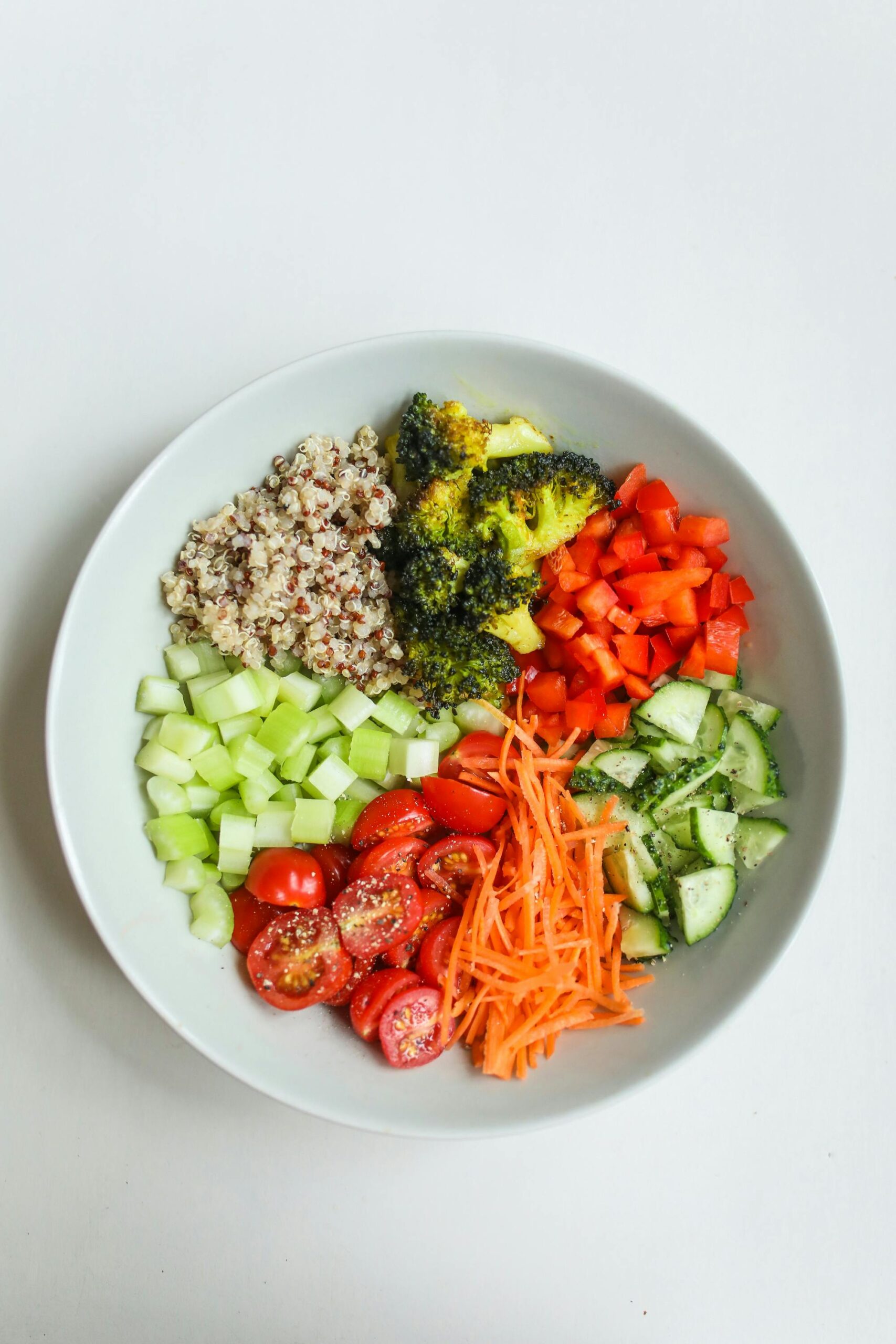Blog
Scientists have developed a plant-based, instant golden milk with an extended shelf life.
If you’ve visited a trendy coffee shop in the past few years, you may have noticed “golden” turmeric milk on the menu. Although recently touted as a caffeine-free, fit alternative to coffee, the drink is a refined version of haldi doodh—a time-honored Indian drink often used as a home remedy for colds. And now, scientists have developed an effective method for making a plant-based, instant version that preserves the beneficial properties of the ingredients while extending its shelf life.
The researchers will present their results at the American Chemical Society (ACS) Fall 2024 meeting. ACS Fall 2024 is a hybrid meeting that will be held virtually and in person from August 18–22 and will feature approximately 10,000 presentations on a variety of scientific topics.
Golden milk — also called golden or turmeric latte — is made with milk, turmeric, and spices and is a good choice for people who want to avoid caffeine or coffee or enjoy a unique flavor. “It’s a really good drink, especially if it’s icy outside or if you’re ailing,” explains Anthony Suryamiharja, a graduate student at the University of Georgia who is presenting the research at the event. He says turmeric also contains the bioactive compound curcumin — a polyphenol that has been studied for its potential anti-inflammatory and antioxidant properties. “If we can incorporate bioactive compounds like curcumin into plant milk to get the same nutritional levels as cow’s milk, why not?” Suryamiharja asks.
Curcumin, however, is complex to separate from turmeric, usually requiring complicated extraction techniques that involve organic solvents, many days, and a lot of energy. In addition, the compound tends to break down over time, shortening its shelf life. Inspired by Suryamiharja’s golden milk, Hualu Zhou and colleagues wanted to investigate whether there was a way to extract and store curcumin in plant milks.
First, they added turmeric powder to an alkaline solution, where the high pH made curcumin more soluble and easier to extract than in plain water. Then, they added that deep red solution to a sample of soy milk, turning it dim yellow. They lowered it to a neutral pH of about 7. Like low-pH acids, high-pH bases aren’t the most pleasant things to consume. The neutralized pseudo-golden milk could be consumed as is, but to further preserve it, the team removed the water from the solution by freeze-drying it, creating instant golden milk powder.
Not only does this method extract curcumin from turmeric more efficiently than existing methods, it also encapsulates the curcumin in oil droplets in soy milk. This means that when consumed, our bodies recognize the curcumin as a fat and digest it as such, theoretically making the curcumin more bioavailable, or more likely to be absorbed, and may have an effect on the body. Encapsulating the curcumin also protects it from air and water, preserving it and ensuring it lasts longer on the shelf.
While this work focused specifically on soy milk because of its high amino acid content, the researchers say it could be applied to other plant-based dairy beverages, providing options for people with soy allergies. In addition, their pH-based extraction method could be applied to a variety of plant compounds with similar ease and efficiency. For example, blueberries are luxurious in anthocyanins, another water-soluble polyphenol.
“When we apply the same method, we can extract polyphenols in about a minute,” Zhou explains. “We want to try to apply it to recycle byproducts and reduce food waste from fruit and vegetable crops here in Georgia.”
While more research is needed before their instant golden milk hits store shelves, the researchers’ initial results are promising—Suryamiharja says it tasted good, even though he doesn’t drink golden lattes very often himself.
The team hopes this work will facilitate explain the chemistry behind what may seem like nothing more than a uncomplicated drink, as well as improve the drink’s nutritional value and convenience for those who enjoy it. Suryamiharja explains that “people tend to do a lot of uncomplicated things in the kitchen, but they don’t really realize that there’s chemistry behind it. So we try to explain these unspoken things in a uncomplicated way.”
The research received funding from the Department of Food Science and Technology at the University of Georgia.
Source:


